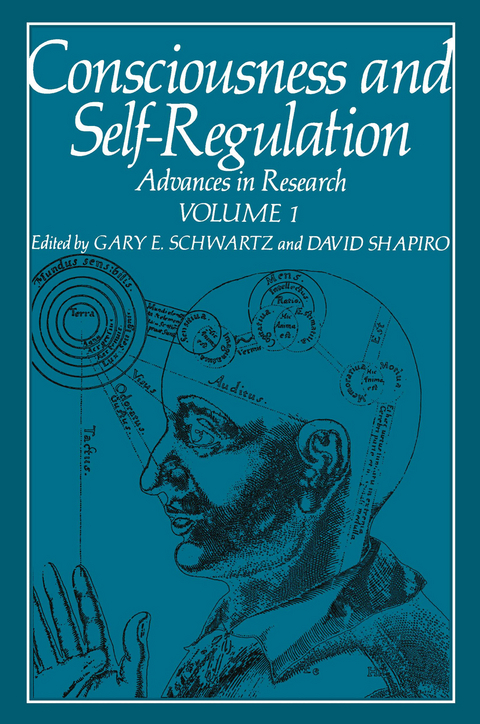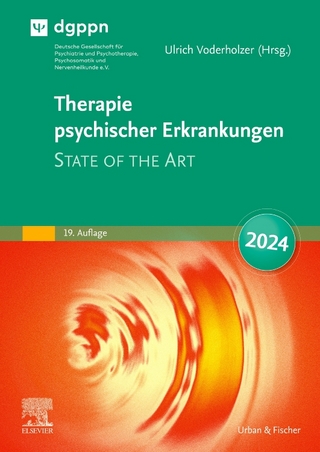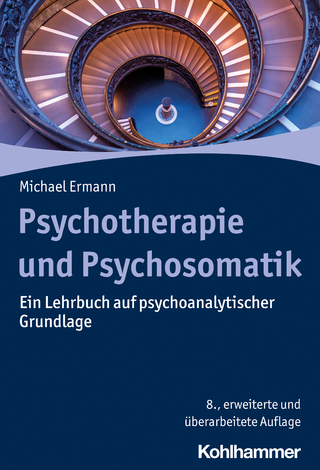
Consciousness and Self-Regulation
Springer-Verlag New York Inc.
978-1-4684-2570-3 (ISBN)
1 A Model of Consciousness.- I. Levels of Information.- II. A Personal Research Strategy.- III. EEG Studies.- IV. Average Evoked Potentials.- V. Unit Studies.- VI. Brain Stimulation Studies.- VII. Theoretical Discussion of Electrophysiological Evidence.- 2. Self-Consciousness and Intentionality: A Model Based on an Experimental Analysis of the Brain Mechanisms Involved in the Jamesian Theory of Motivation and Emotion.- I. A Neurobehavioral Analysis of Brain Mechanisms in Motivation and Emotion.- II. The Role of Attention in Motivational and Emotional Reactions.- III. Effort and the Expression of Motivation and Emotion.- IV. A Control-Theory Model of Self-Regulation and Self- Consciousness.- 3. Self-Regulation of Stimulus Intensity: Augmenting/ Reducing and the Average Evoked Response.- I. Introduction.- II. Sensory Experience and Augmenting/Reducing.- III. Amplitude/Intensity Relationships in Man.- IV. Augmenting/Reducing Reliability and the Measurement of the AER.- V. Genetic Factors in Augmenting/Reducing.- VI. Tolerance for High-Intensity Stimulation.- VII. Effects of Arousal, Attention, and Sensory Overload.- VIII. Individual Differences and Intensity Judgments.- IX. Sensory Sensitivity and “Strength of the Nervous System”.- X. Self-Regulation and Sensory Homeostasis.- 4. Neodissociation Theory of Multiple Cognitive Control Systems.- I. Pierre Janet’s Theory of Dissociation.- II. Why a Neodissociation Theory?.- III. The Hypnotic Model.- IV. Neodissociation Model of Multiple Cognitive Control Structures.- V. Empirical Approaches to Multiple Control Structures and Divisions of Consciousness.- VI. The Duality of Responsiveness to Pain as Related to Neodissociation Theory.- VII. Conclusion.- 5. Hypnotic Susceptibility, EEG-Alpha, and Self-Regulation.- I.Introduction.- II. The Assessment of Hypnotic Susceptibility.- III. Stability of Hypnotic Susceptibility.- IV. Modification of Hypnotic Susceptibility.- V. Hypnotic Susceptibility and Personality.- VI. Hypnosis and the EEG.- VII. EEG and Hypnotic Susceptibility: Indirect Relationships.- VIII. EEG and Hypnotic Susceptibility: Direct Evidence.- IX. The Stability of EEG Base Rates.- X. Increasing Susceptibility by EEG Feedback.- XI. Changes in EEG during Hypnosis.- XII. Task-Specific EEG Changes.- XIII. Conclusions.- 6. Toward a Cognitive Theory of Self-Control.- I. Introduction.- II. Conclusions from Treatment.- III. A Cognitive Theory of Self-Control.- IV. Summary.- 7. Physiological and Cognitive Processes in the Regulation of Anxiety.- I. A Descriptive Model of Anxiety Process.- II. Research Studies on the Maintenance and Reduction of Anxiety.- III. Summary and Conclusions.- 8. Dreaming: Experimental Investigation of Representational and Adaptive Properties.- I. Dream Recall.- II. Representational Properties of Dreaming.- III. Functional Properties of Dreaming.- 9. Biofeedback and the Twilight States of Consciousness.- I. The Twilight State.- II. Future Considerations.- Author Index.
| Erscheint lt. Verlag | 8.3.2012 |
|---|---|
| Zusatzinfo | 55 Illustrations, black and white; XXII, 400 p. 55 illus. |
| Verlagsort | New York, NY |
| Sprache | englisch |
| Maße | 152 x 229 mm |
| Themenwelt | Geisteswissenschaften ► Psychologie ► Klinische Psychologie |
| Medizin / Pharmazie ► Medizinische Fachgebiete ► Psychiatrie / Psychotherapie | |
| ISBN-10 | 1-4684-2570-6 / 1468425706 |
| ISBN-13 | 978-1-4684-2570-3 / 9781468425703 |
| Zustand | Neuware |
| Haben Sie eine Frage zum Produkt? |
aus dem Bereich


